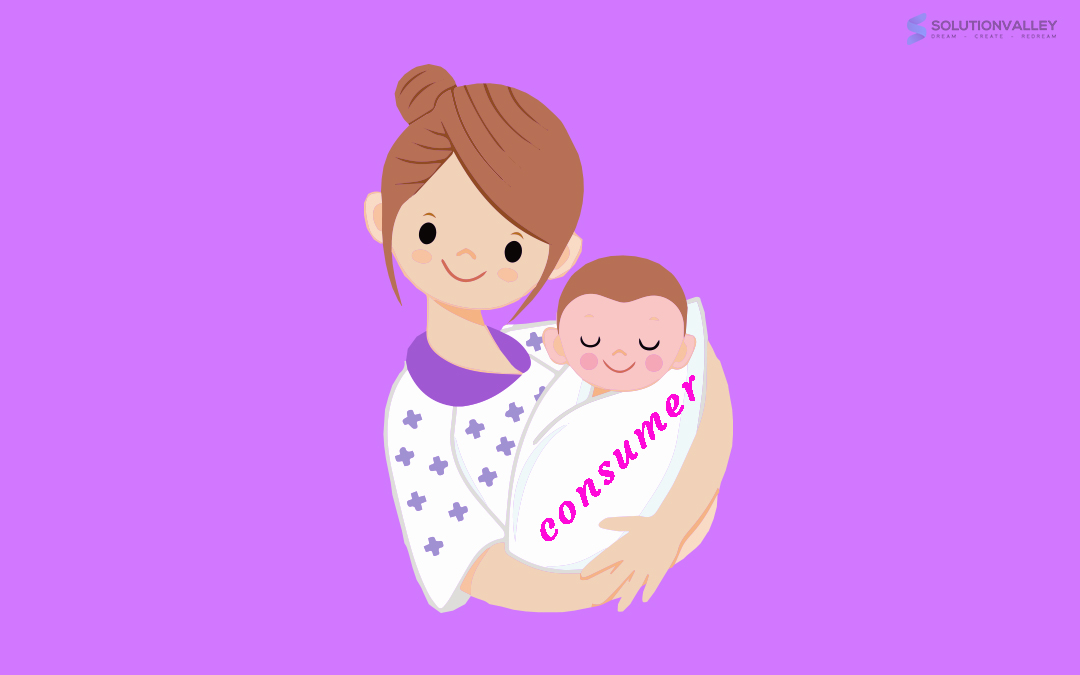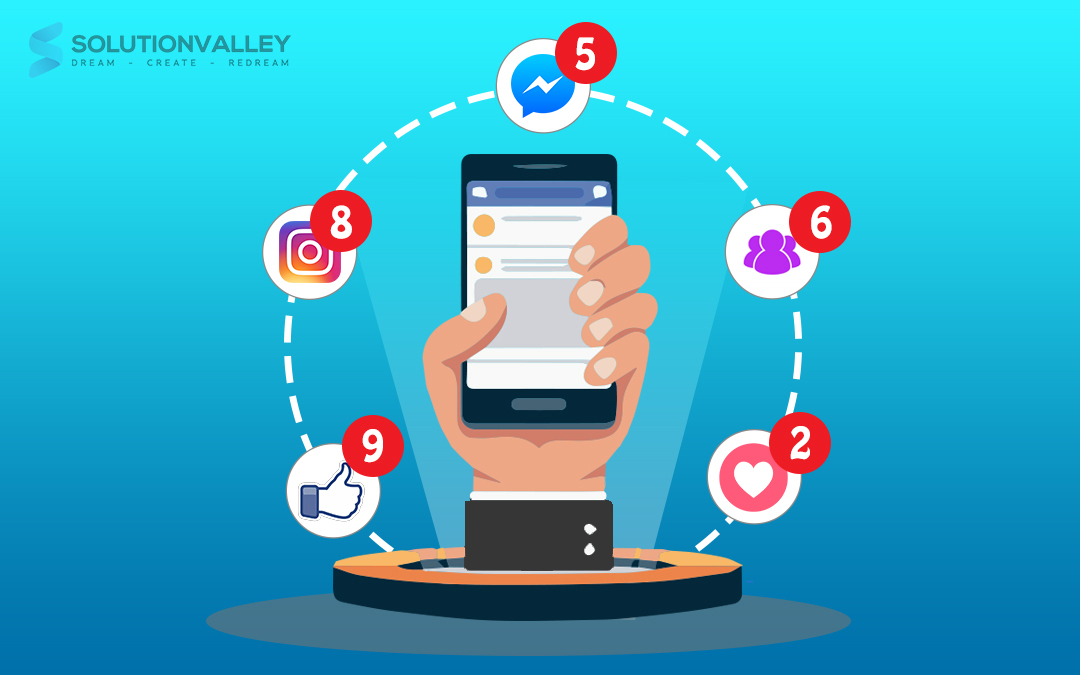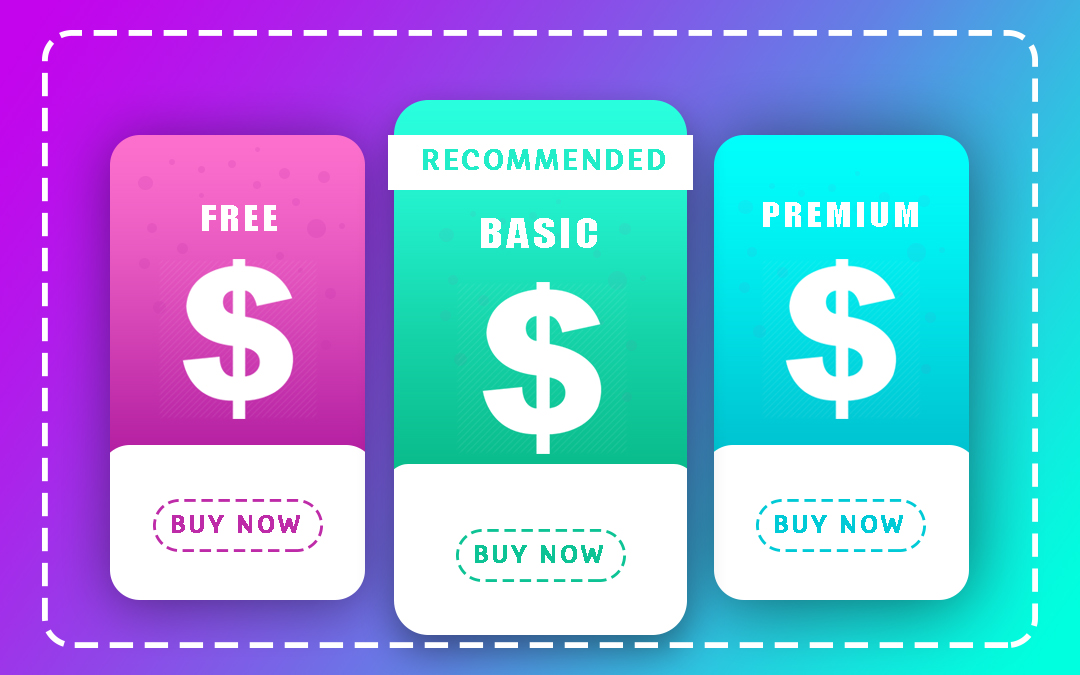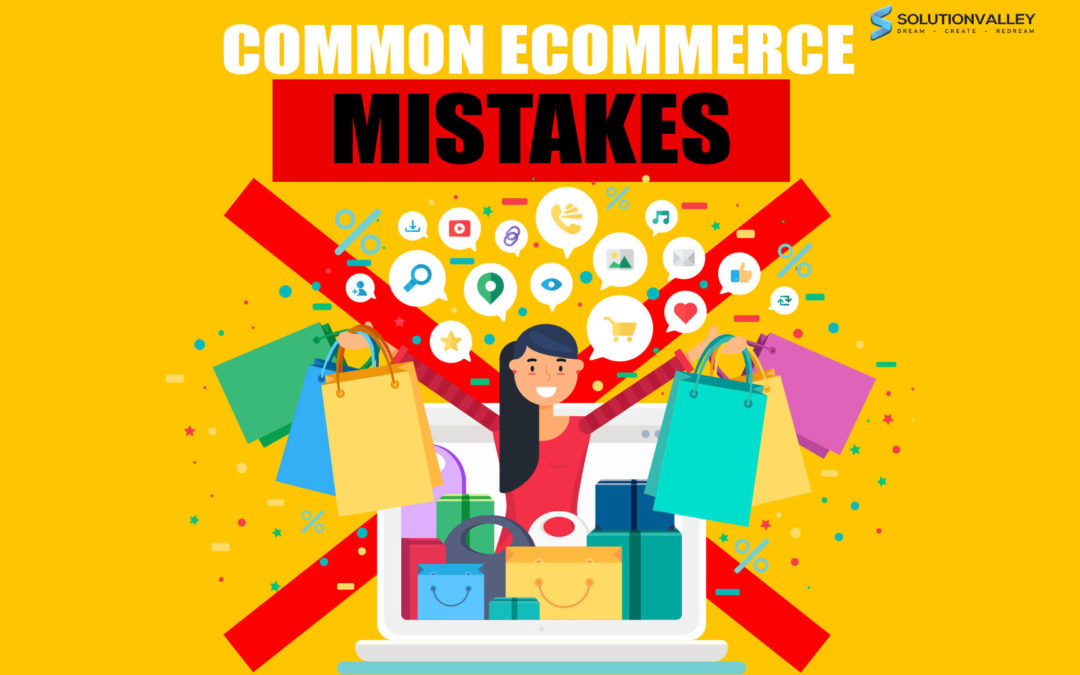A big part of that sales involves online usage. This hunger for online usage has led you to build your own ecommerce website to sell your product or to upload your product on various other well-known ecommerce sites.
Kudos to you if you chose the former! The steps you must have followed might have included:
- You browse online to research about your market niche.
- Next, you scroll through competitor’s websites to see what they don’t have.
- You make a list of To-Do’s for your new website.
- You hire a web developer to build your website, if you don’t know how to.
- Next, you try to market it through the techniques you already know.
- You wait for any traction coming your way with full on excitement.
But alas! Your competitor made more than you did, or perhaps you didn’t make any revenue at all!
Where did you go wrong? To answer this question, you try to find out the pain points and the necessary solutions. You apply them immediately and again, wait for some spark to light up on your website. Still, no traction!
Hold on!
Now, before you start doubting your own skills, let’s help you find out the most common yet hard to find ecommerce mistakes you might have committed.
1. Knowing Enough and Not All
Most people rush during the Research and Development phase of their product. They try to know enough about maximum things instead of digging deeper into the essentials.
Surface study about your product and it’s market fit leaves you with a poorly developed website and hence, less visible traction and no sales!
The key phrase to keep in mind in the R&D phase is,
“You’re not selling a product, you’re selling a solution”

Unless and until, you find the most feasible solution with maximum possible use cases, don’t stop! It might take you days or weeks, even months, but the final raw material that you will have in your hands, will be worth the effort!
Nowadays, everything is available online. Ranging from ‘how to’ type blogs to online selling tips, you will find the finest content to learn from.
One such blog by Neil Patel (link in credits) mentions the most used online selling tips and other ways to drive traffic to your website.
If you are not much of a reader, videos might help. There are a substantial number of step by step guides on
‘How to sell fast and more’ or
‘Most common ecommerce mistakes’ or even on
‘How to sell anything to anybody’.
Just type your query and you’ll get an alternative solution. You will need to filter out a lot of content so that you can make an informed choice. Also, only follow credible blogs and websites to avoid going haywire.
Always remember that ‘Selling is not a sprint, it is a marathon’. Go slow and steady if you want to be the one still standing upright at the end.
2. Not Considering Your Audience as Your Child
As a seller, the most important entity for you is your userbase. No user means no traction and hence, no sales. First of all, to know what your audience wants, apart from personal research, you might want to conduct surveys to filter out your customer’s needs. That will give you an idea of all the ecommerce mistakes to avoid and how to satisfy your customer.

You can also run social media campaigns on Facebook, Instagram and Twitter to know more about what your customer wants. Just put up basic questions and polls along with it to get into your customer’s brain.
At the end of the day, if you go ahead and build your product only on your point of view, that will only satisfy you. For instance, if you have a shopping website, you might think that patterned shirts are more in trend and you put up a few pieces online. Unfortunately, it turns out people are wearing solid colours lately. Oops!
Hence, don’t ask ‘What’s in it for you?’. Ask ‘What’s in it for them?’ every time you implement something new on your ecommerce website.
3. Difference Between ‘Features’ and ‘What will sell’.
The most common ecommerce mistakes businessmen commit include selling their features instead of the solution their audience wants. You care about your product’s features but your customers don’t. They don’t care if your camera has the best lens or if your light bulb has the most powerful filament.
All they care about is with your camera, they will get the best of pictures and with your strong filament, they won’t need to keep replacing the bulb again and again. Selling the commodity is the key and not branding your product’s features.
Being empathetic with your customer’s needs, not with your own will take you a long way in this market.
4. Too Much Information on Website
But if you want your customers to keep coming back to you, you need to provide original and ‘pleasing to the eye’ content.
According to a number of studies, a person’s most focused attention span is just 15 seconds. If you are getting your consumer’s attention in such a short time, you might be God! Because this is next to impossible.
However, if you are still customer hunting, these 15 seconds can be utilised when you put up titles or subheadings that get your customer’s attention at once.

For instance, along with your product and pricing, try writing down ‘Limited stocks! Only 2 left! 297 pieces sold out’ in bold red. The customer who was dilly-dallying the purchase will now rush to buy it as he/she knows it will be out of stock soon.
‘Free Shipping’ also does the trick!
The customer did not even read the description. Just saw the product, got the hint that sales are very active, with just one line and bam! Bought the product!
5. Poor Content

Visually accessible images and videos work wonders! Along with those, you can have two-three crisp lines of content. would suffice! To avoid more problems of ecommerce, you can also use the following tips for your website:
- Website must have a lean UX (not too confusing)
- Crisp content, mostly one-liners
- More pictures but not overloaded with media
- Making your site responsive enough for all devices (mobile, tablet and laptop)
- Must contain CTA’s (call-to-action) at every quarter of the space
- Input of keywords according to SEO
- Incorporating chat facilities for customer support
- Atleast one video on the homepage
- Paying attention to colour schemes
- Attention to personalization
Lean UX means your website needs to have content on one side and media on the other or vice-versa. It must follow a proper pattern which will make it clearer to the user.
Responsiveness sells because people nowadays use browsers through their mobiles. Not creating a small screen version of your website will become the biggest ecommerce mistake for you as you will lose potential customers who use mobiles (which is probably everybody!).

Call to action buttons are actually for you! They will help you in tracking your traffic website with ease. For instance, put a CTA everywhere, in the ‘Wishlist’ option, in the ‘Buy now’ option, in the ‘Recommendations’ option etc. At every step, when your user browses through your website, you will know what he/she wants.
Same is the case with SEO keywords. But don’t add too much of them as that will make your website look untidy and greedy for sale.
Use multiple tools to track indulgence on your website. For instance, Try a tool like webpagetest.org to see how your site is performing or try gosquared.com for scrutinizing regular traffic.
Most ecommerce websites incorporate chat facilities so that their users never feel lonely when in doubt. This boosts sales up to 60% as studies show. If you don’t have enough resources for keeping a 24-hour chat system, use chatbots. They are easy to implement and can be bought online.

A simple trick also is to use bold and bright colours.
Why do you think notifications are red in colour? Because these applications want you to pick up your phone and use their app constantly.
Lastly, the more you connect with your user, the more he/she will keep coming back. Not only will you be able to bring new users but also increase retention with these online selling tips.
6. Proper Pricing and Positioning
For instance, you post an add of a refrigerator with a 900$ price tag. The product does not sell to its maximum limit. Now, what you do is you post another add of a different refrigerator with a 1200$ price tag next to it. You will see the magic unfold! The less priced refrigerator will start picking up sales. Why? Because you made people think it was cheaper. It’s that simple.
This process is called ‘Anchoring’. There is another process called ‘Bracketing’.

For instance, WordPress has four kinds of pricing – free, personal, premium and business based on the features provided. Stats show that people click on the middle ones more than the ones on the side.
This is called as bracketing your prices so that you can attract attention to certain aspects.
Conclusion:
Also, let us know if this blog was helpful for you and what impact did it have on your website.




Recent Comments